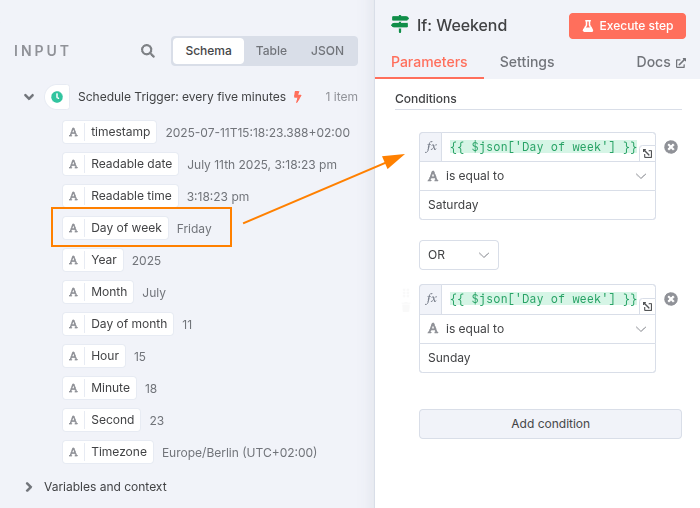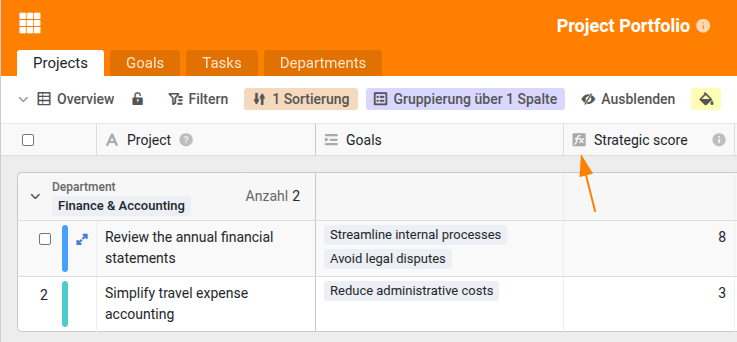API Optimization in Practice: How to Stay Within Limits and Boost Performance with Fewer Calls #
In the past, SeaTable only had general minute and daily limits for using the SeaTable API. These limits were intended to prevent abuse or faulty code with excessive loops. As a cloud solution, this kind of protection is essential to ensure performance and availability for all users. Without these restrictions, a few intensive users could heavily burden the system and compromise stability for everyone.
With the update in early July 2025, SeaTable introduced so-called Team API Limits. In addition to the previous general limits, there are now restrictions based on team size. The goal: more transparency, fairness, and targeted control of API usage. The new limits are:
- SeaTable Cloud Free: 3,000 API calls per month (flat)
- SeaTable Cloud Plus: 10,000 API calls per month and user
- SeaTable Cloud Enterprise: 50,000 API calls per month and user
Thanks to these generous limits, no team should run into serious trouble complying with the requirements under normal usage. Even larger projects can usually operate without issues. However, those who work very API-intensively should regularly review and optimize their usage. Below you’ll find proven strategies from practice on how to achieve more with fewer API calls while also improving your application’s performance.
The Best Ways to Reduce API Calls and Write Efficient Code #
Avoid Time-Based Queries #
Many automation tools like Zapier, Make.com, n8n, or classic cron jobs perform queries at fixed intervals—regardless of whether the data has actually changed. Often, it doesn’t make sense to load data regularly at night or on weekends when no one needs the information. Check if you can restrict routines to meaningful time windows or pause them during inactive periods. This saves unnecessary API calls and reduces system load. Modern automation tools offer numerous configuration options for this, which you should take full advantage of.

Selective Queries Instead of Data Floods #
I often see all data from a SeaTable base being fetched first and only then filtered. This leads to unnecessary data traffic and long loading times. Instead, use views or WHERE clauses to specifically query only the records you actually need. This optimization becomes increasingly important as your data grows. Experts also use the “formula column” in SeaTable to define custom filters directly in the base. This way, you can limit the data delivered via the API in advance and save valuable resources.
Smart Linking and Linked Formulas #
Due to SeaTable’s relational structure, it’s common to first fetch rows from Table 1 and then make additional API calls to follow the links in those columns. This approach can quickly multiply the number of required API calls. Whenever possible, use the Lookup to display the needed information directly in the first table. This allows you to avoid many additional API calls and make your queries much more efficient.

Use Caching Where Appropriate #
Many processes regularly access data that rarely or never changes. In such cases, caching is worthwhile. Store the fetched data locally or server-side to avoid repeated API calls. For example: On our original WordPress website, template pages were generated from a SeaTable base. Instead of fetching the data again for every page view, we loaded it once a day, rendered it as HTML, and then only delivered the finished HTML. Thus, a single API call per day was enough to efficiently serve any number of page visits.
Caching can also be applied at other levels, such as caching API responses in your backend or client-side storage, as long as the data doesn’t need constant updating.
Efficient Code: An Investment That Always Pays Off #
With the introduction of team limits, it’s more important than ever to invest time in clean and efficient code. But even without limits, this effort pays off:
- Fewer API calls mean faster execution
- Shorter, more maintainable code
- Reduced error-proneness and better scalability
- Lower costs as usage increases
- More transparency through clearly structured queries
Team limits are not an obstacle but an incentive for better solutions. Those who use the SeaTable API smartly not only save resources but also ensure more robust and powerful applications. Efficient code is and remains the key—no matter how the limits are set.
So here’s my tip: Don’t see the limits as a restriction, but as an opportunity for optimization. Consistently optimize your API usage and benefit from faster, more reliable, and future-proof workflows!
TAGS:
